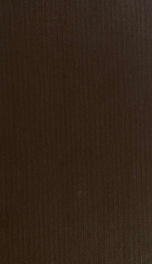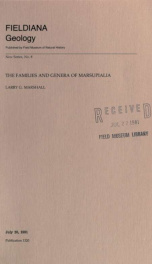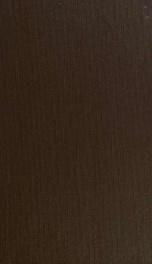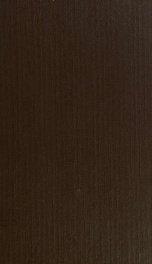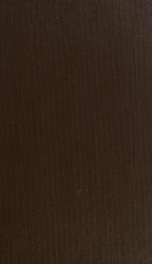Members of the South American marsupial family Microbiotheriidae are known from Late Oligocene (Colhuehuapian) and Early Miocene (Santacrucian) age beds in Patagonia, southern Argentina, and in the Recent fauna from Chiloe Island, south central Chile, and from adjacent parts of Argentina. Two genera, Microbiotherium and Dromiciops, and seven species are recognized. Microbiotherium divisum (Ameghino, 1902e) is known only from the Colhuehuapian. M. acicula (Ameghino, 1891); M. patagonicum Ameghino, 1887; M. tehuelchum Ameghino, 1887; and M. gallegosense Sinclair, 1906 are knownl only from the Santacrucian. M. praecursor (Ameghino, 1898) is of unknown age and provenance, while Dromiciops australis (Philippi, 1893a) is known only from the Recent. These genera and species are distinguished primarily on the basis of absolute size, although relative size and minor structural differences in the canines, cheek teeth, and auditory bullae also have proven diagnostic. -- The taxonomy of other dedelphoid or supposed didelphoid taxa either referred to the Microbiotheriidae or implicated in the ancestry of this family are discussed. These include: Ideodelphys microscopicus Ameghino, 1902d (Casamayoran-Early Eocene); Coona pattersoni Simpson, 1938 (Casamayoran); E. gutierrezi (del Corro, 1977) (Casamayoran); and Pachybiotherium acclinum Ameghino, 1902e (Colhuehuapian). It is demonstrated that microbiotheres were among the syntypes of the caenolestid species Stilotherium dissimile Ameghino, 1887 (Santacrucian) and Phonocdromus gracilis Ameghino, 1894 (Santacrucian) Includes bibliographical references (p. 71-75) Members of the South American marsupial family Microbiotheriidae are known from Late Oligocene (Colhuehuapian) and Early Miocene (Santacrucian) age beds in Patagonia, southern Argentina, and in the Recent fauna from Chiloe Island, south central Chile, and from adjacent parts of Argentina. Two genera, Microbiotherium and Dromiciops, and seven species are recognized. Microbiotherium divisum (Ameghino, 1902e) is known only from the Colhuehuapian. M. acicula (Ameghino, 1891); M. patagonicum Ameghino, 1887; M. tehuelchum Ameghino, 1887; and M. gallegosense Sinclair, 1906 are knownl only from the Santacrucian. M. praecursor (Ameghino, 1898) is of unknown age and provenance, while Dromiciops australis (Philippi, 1893a) is known only from the Recent. These genera and species are distinguished primarily on the basis of absolute size, although relative size and minor structural differences in the canines, cheek teeth, and auditory bullae also have proven diagnostic. -- The taxonomy of other dedelphoid or supposed didelphoid taxa either referred to the Microbiotheriidae or implicated in the ancestry of this family are discussed. These include: Ideodelphys microscopicus Ameghino, 1902d (Casamayoran-Early Eocene); Coona pattersoni Simpson, 1938 (Casamayoran); E. gutierrezi (del Corro, 1977) (Casamayoran); and Pachybiotherium acclinum Ameghino, 1902e (Colhuehuapian). It is demonstrated that microbiotheres were among the syntypes of the caenolestid species Stilotherium dissimile Ameghino, 1887 (Santacrucian) and Phonocdromus gracilis Ameghino, 1894 (Santacrucian) Fieldiana series has been published as Geological Series by Field Columbian Museum (1895-1909) and Field Museum of Natural History (1909-1943), and as Fieldiana: Geology by Chicago Natural History Museum (1945-1966) and Field Museum of Natural History (1966-1978). Fieldiana Geology New Series No. 1 began June 29, 1979
